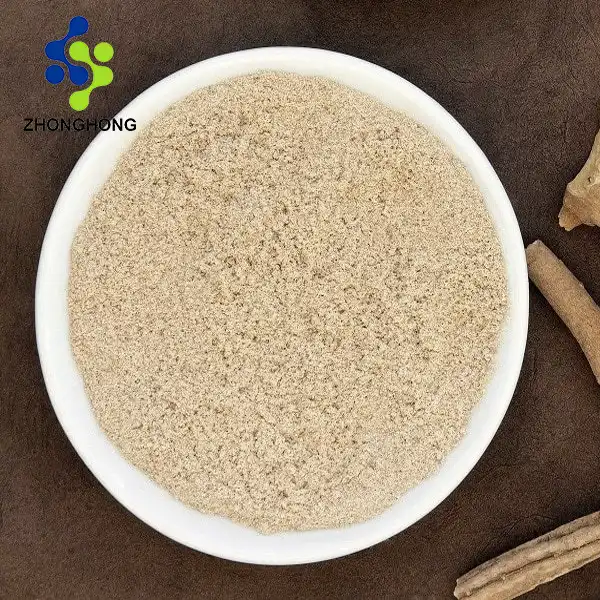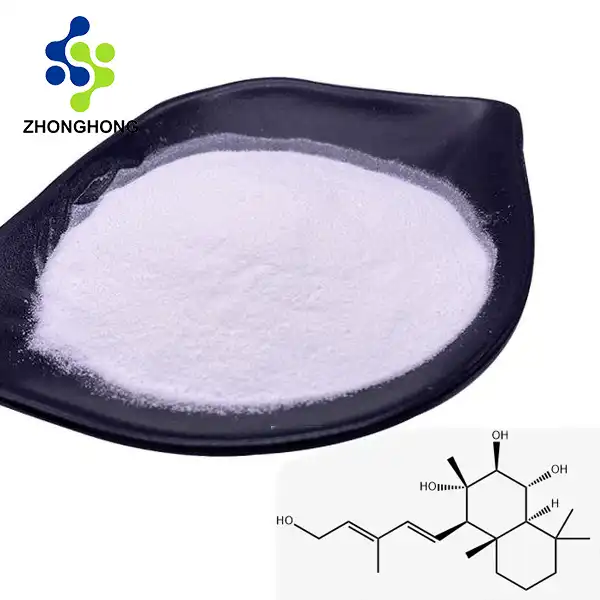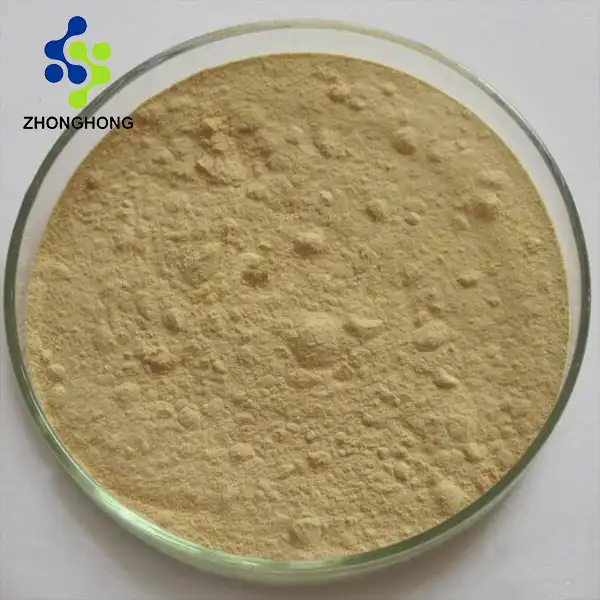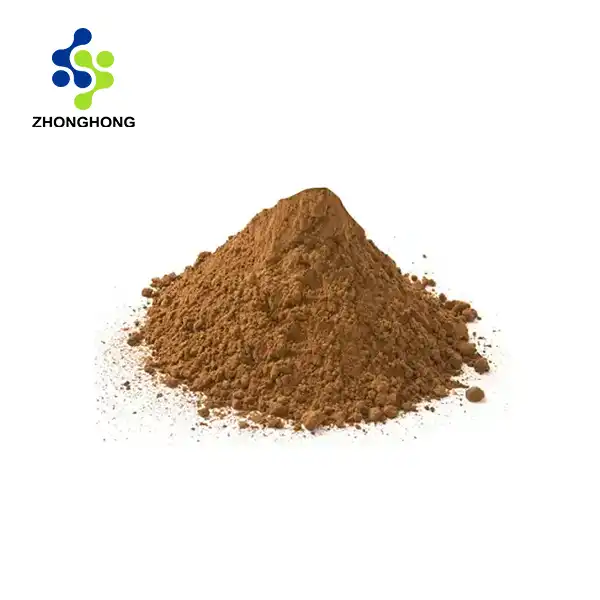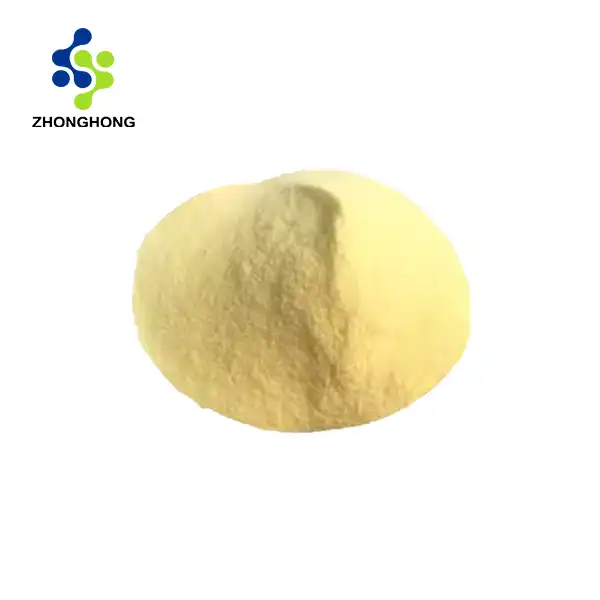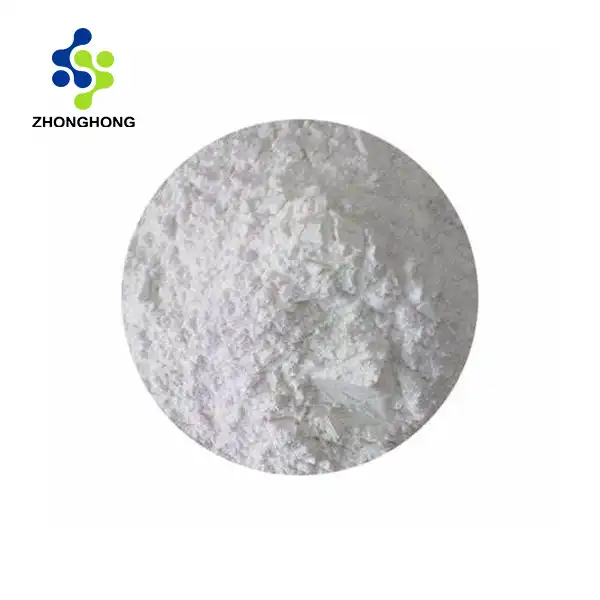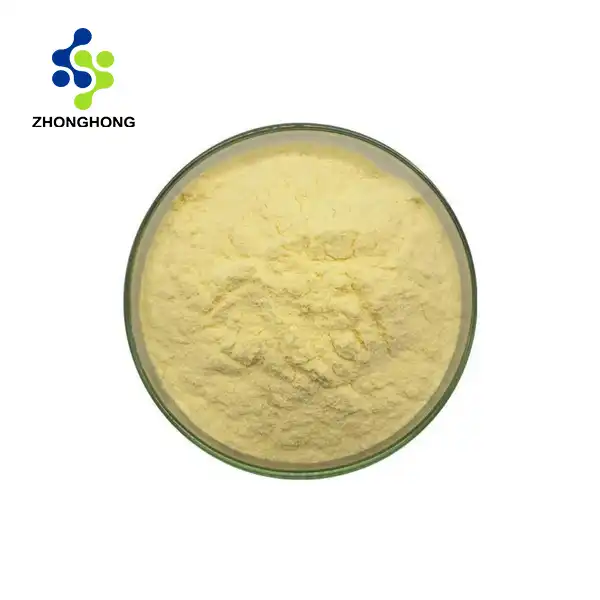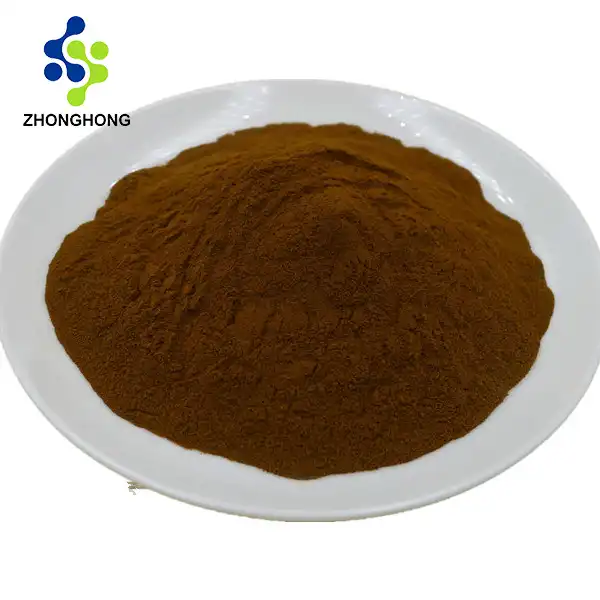Chemical Properties and Structure of Tetrahydrocurcumin
Molecular Composition and Formula
Tetrahydrocurcumin is a curcumin derivative that has been hydrogenated and has the chemical formula C21H24O6. This modification results in a molecule that is more bioavailable and stable. Tetrahydrocurcumin is a small molecule with effective cell penetration due to its molecular weight of around 372.41 g/mol. Its chemical structure, which includes two phenolic groups and a -diketone moiety, is responsible for its potent antioxidant properties.
Physical Characteristics
In its pure form, tetrahydrocurcumin appears as a white to off-white crystalline powder. Unlike curcumin, which imparts a vibrant yellow color, tetrahydrocurcumin is colorless, expanding its potential applications in various industries. The compound exhibits high solubility in organic solvents such as ethanol and dimethyl sulfoxide (DMSO), while its water solubility is limited. This characteristic influences its formulation in different products and affects its bioavailability when consumed orally.
Stability and Reactivity
The increased stability of tetrahydrocurcumin compared to curcumin is one of its main advantages.Curcumin's conjugated double bonds are removed during the hydrogenation process, making the molecule more stable and less likely to degrade. A longer shelf life and better effectiveness in a range of applications are the results of this enhanced stability. In addition, tetrahydrocurcumin powder has superior pH stability than curcumin, retaining its structural integrity across a greater variety of acidic and alkaline circumstances. This characteristic is very useful for creating formulations for medications and cosmetics.
Biological Activities and Health Benefits of Tetrahydrocurcumin
Antioxidant Properties
Tetrahydrocurcumin demonstrates potent antioxidant properties that may even surpass those of curcumin in certain aspects. This strength lies in its ability to neutralize free radicals and reactive oxygen species (ROS), both of which contribute significantly to oxidative stress—a factor implicated in various chronic diseases. The phenolic hydroxyl groups in tetrahydrocurcumin donate hydrogen atoms, effectively quenching harmful radicals and stabilizing cellular environments. Through these actions, tetrahydrocurcumin supports cellular health, aiding in the prevention of diseases associated with oxidative damage, such as cancer, cardiovascular conditions, and aging-related ailments. These benefits underscore tetrahydrocurcumin’s therapeutic potential in antioxidant-based therapies for enhancing longevity and well-being.
Anti-inflammatory Effects

The anti-inflammatory properties of tetrahydrocurcumin, which have been the subject of numerous studies, have shown promise in reducing a variety of inflammatory conditions. This substance has shown guarantee in controlling significant fiery pathways, like the decrease of favorable to provocative cytokines and the restraint of NF-κB enactment. Tetrahydrocurcumin's potential therapeutic applications in conditions like neuroinflammatory disorders, cardiovascular diseases, and arthritis are supported by these processes. Due to its improved bioavailability and anti-inflammatory properties, the chemical can be used to create new anti-inflammatory medications.
Neuroprotective Potential
Tetrahydrocurcumin exhibits promising neuroprotective properties that could be instrumental in combating neurodegenerative diseases. By effectively crossing the blood-brain barrier, this compound shows enhanced efficacy compared to curcumin. Its neuroprotective effects arise from a combination of anti-inflammatory and antioxidant activities that target inflammation and oxidative stress, which are primary drivers of neural cell damage in conditions like Parkinson's and Alzheimer’s disease. Additionally, tetrahydrocurcumin interacts with signaling pathways essential for neuron survival and functionality, potentially slowing disease progression. These pathways include mechanisms involved in cellular repair, immune response regulation, and protein synthesis, which together support overall brain health and cognitive resilience.
Applications and Uses of Tetrahydrocurcumin Powder
Pharmaceutical Industry
Tetrahydrocurcumin powder has garnered significant attention in the pharmaceutical industry due to its enhanced stability and bioavailability, making it an excellent candidate for therapeutic development. Researchers are exploring its incorporation in drug formulations aimed at managing inflammatory, cardiovascular, and neurodegenerative diseases, capitalizing on its multifaceted effects on cellular pathways. Its ability to interact with diverse signaling mechanisms offers promise for broad therapeutic applications, potentially allowing it to address multiple disease conditions. Additionally, pharmaceutical companies are investigating its efficacy in combination with other active compounds, seeking synergistic effects that could boost the compound’s therapeutic impact, ultimately broadening its scope in advanced pharmaceutical formulations.
Nutraceutical and Dietary Supplements
In the nutraceutical sector, tetrahydrocurcumin powder is increasingly used in dietary supplements due to its superior bioavailability compared to traditional curcumin. This higher absorption rate appeals to consumers looking for effective, natural compounds with antioxidant, anti-inflammatory, and general health-promoting properties. Tetrahydrocurcumin supplements often target specific health concerns, such as joint health, brain function, and cardiovascular support, offering versatile applications for wellness-focused products. Its colorless nature further enhances its adaptability, allowing manufacturers to integrate it into various supplement forms without altering product aesthetics, thus expanding its appeal within the health supplement market as a high-quality curcuminoid alternative.
Cosmetic and Skincare Products
The cosmetic industry has recognized the potential of tetrahydrocurcumin powder in skin care formulations.Its powerful antioxidant properties make it an excellent ingredient in anti-aging products, helping to protect the skin from oxidative stress and environmental damage. Tetrahydrocurcumin's ability to inhibit tyrosinase activity suggests its potential use in skin-brightening formulations. Additionally, its anti-inflammatory properties may benefit products targeting sensitive or inflamed skin conditions. The compound's colorless nature is particularly advantageous in cosmetic applications, allowing for its incorporation into a wide range of products without altering their visual appeal. As consumers increasingly seek natural and effective skincare ingredients, tetrahydrocurcumin is poised to become a key component in innovative cosmetic formulations.
Conclusion
Tetrahydrocurcumin represents a significant advancement in the utilization of curcuminoids, offering enhanced bioavailability and stability. Its diverse biological activities and potential applications across pharmaceutical, nutraceutical, and cosmetic industries underscore its importance as a versatile compound. Tetrahydrocurcumin powder is anticipated to become more significant in the creation of cutting-edge health and wellbeing solutions as studies continue to reveal its advantages. If you want to get more information about this product, you can contact us at liaodaohai@gmail.com.
_1728976869676.webp)
